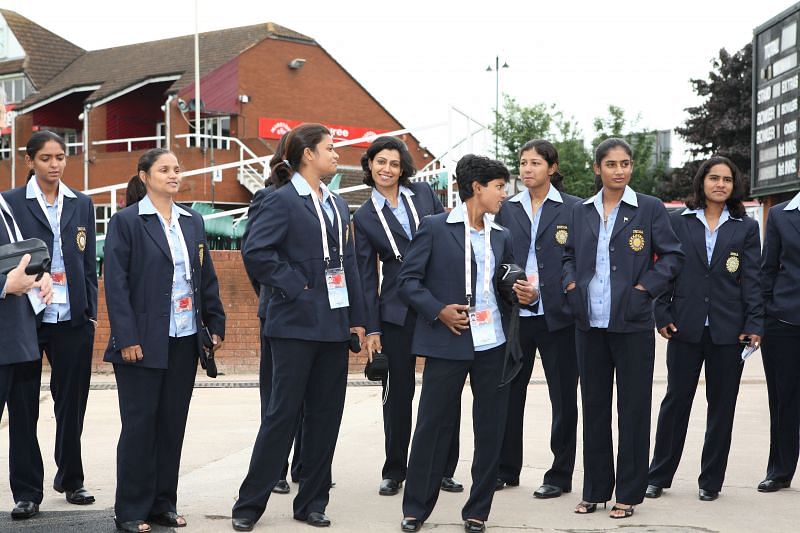
The greatest Indian women's captains of all time
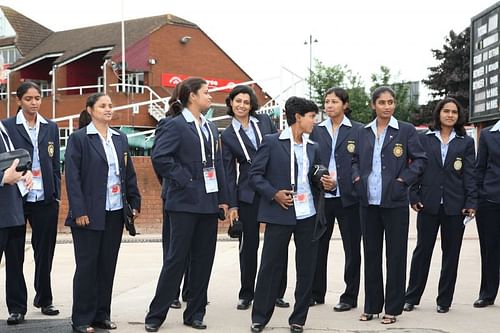
In most sports, women arrived at the scene many years after the men. Even the first modern Olympics games held in 1896 wasn’t open for women.
In some sports like tennis or badminton women have gained an equal status, whereas in some others like cricket they are still trying to catch up.
The first ever women’s Test match was played in 1934 between England and Australia - 67 years after the men from the two countries had played their first Test. So it is not surprising that the Indian women’s team played its first match 46 years after the men’s team got official Test status.
The journey began on 31 October 1976 in Bangalore (now Bengaluru). The Indian eves were up against the women from the Caribbean Islands, and were led by Shantha Rangaswamy. And they have come a long way since; over the last four decades, we have seen some exceptional players coming out of the women's blue brigade.
While all of them have been winners in their own right, here’s a look at the performance of few, who have led the country successfully over a period of time.
Note – The order is based on win percentage.



That said, most would agree there’s more to leading a team than what these numbers suggest. For some of these remarkable leaders the statistics might not look too impressive, but their contribution to Indian cricket is beyond question.
On that note, we take a look at some of the most impactful women to have led the blue brigade.
(Note: the number against their names is not a ranking; the order is purely on the basis of who led India first).
1. Shantha Rangaswamy
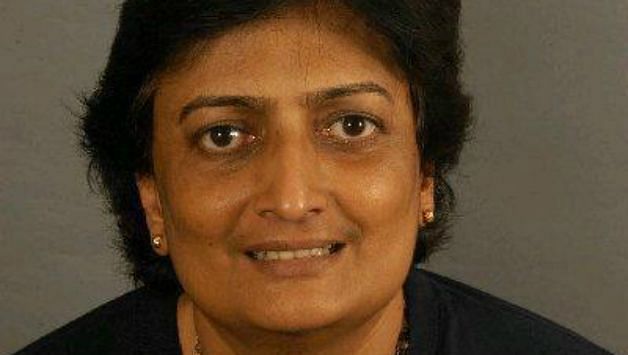
Shantha Rangaswamy is a name that will ring a bell with most cricket followers in the country - mainly due to her presence in the Cricket Advisory Committee (CAC). But she was also the first Test captain of the Indian women’s team.
Rangaswamy led the team in 12 matches (the second highest number in women’s cricket along with England’s Rachael Flint). She also led India to its maiden Test victory against West Indies at Patna.
When the Indian women won their first ODI against an International XI at Napier, yet again, Rangaswamy was at the helm.
The batting all-rounder was a try pioneer in Indian women's cricket. She was known for her power hitting; from a very early age, she lit up her neighborhood in Bangalore with some huge sixes.
Her colleague and former Indian captain Mamatha Maben had written of Rangaswamy, "She had power, good hand-eye coordination and temperament."
The fact that she led the team in 12 out of the 16 Tests that she played speaks volumes about her leadership skills. Although India won just one Test under her, this in no way undermines her capabilities.
For perspective, the first Test victory for the Indian men came under its fifth skipper (Vijay Hazare).
Incidentally, after their first victory, the Indian women traveled in an airplane (from Patna to New Delhi) for the first time. This was done for a meeting with the then Prime Minister Indira Gandhi.
As a player Rangaswamy scored 750 runs and took 21 wickets in her Test career. Note that the scores of eight matches (played against Australia and New Zealand in which Rangaswamy scored 575 runs) were not considered in the record books when the International Women’s Cricket Council (IWCC) merged with International Cricket Council (ICC) in the mid-2000s.
“We have moved on. Fortunately for me, I got a century in Dunedin or else I may have never made it to the record books,” Rangaswamy stated in the book The Fire Burns Blue: A History of Women's Cricket in India. Incidentally, this century (108 against New Zealand in 1977) made her India’s first female centurion.
Her record in ODIs as a captain is slightly better, with four wins. Remarkably, she led the team in 16 out of the 19 ODIs that she played.
Rangaswamy has been the recipient of the Arjuna Award (in 1976) and the CK Nayudu Lifetime Achievement Award (in 2017). The latter made her the first woman to be honored with the award.
In 2017 she had said (to PTI): “It’s a good feeling that women cricketers are finally getting their due. Those days were tough but we were still able to lay a solid foundation for the future. Ever since the BCCI took women's cricket under its fold things have significantly improved, but there is still a lot that needs to be done.”
Even today, she is working tirelessly towards that goal.
2. Diana Edulji
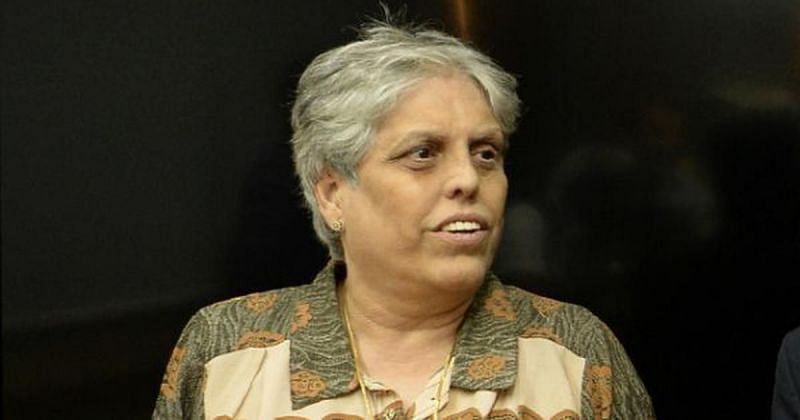
Diana Edulji is easily one of the biggest names in women’s cricket. She was the country’s first captain in ODIs, and she also led the team in their first ODI World Cup appearance (back in 1978).
Edulji was the only member of the first Indian women's team (formed in 1976) to appear at the 1993 World Cup. She was 37 at that time, but still emerged as the second highest wicket-taker (with 14, one fewer than the highest) of the tournament.
During the 1985 ODI series against New Zealand, Edulji led the team to a remarkable comeback. They ended up overturning a 1-3 deficit to level the series 3-3, winning scores of fans along the way.
In Tests Edulji led in only four matches, drawing each of them. But she had been with the team since India’s debut, and also played a crucial role in their first Test victory. In that match, against the West Indies in Patna, Edulji took three wickets with her left-arm spin in the first innings before firing with the bat too.
In a low-scoring match, she was the third highest scorer in the first innings with 18 runs. She then remained unbeaten on 20 while chasing 55 for victory in the fourth innings - after the team was reeling at 25 for 5 at one point.
Recalling that match, Edulji says, "There were about 20,000 to 25,000 people in the stadium. It was simply unbelievable. The drive from the ground to the hotel, which used to normally take only 15 minutes, took over 45 minutes due to the crowd. Those were the things you could imagine only in men’s cricket. It is something that I still recollect. I can just close my eyes and see the scene play over again."
With 63 wickets from 20 Tests, Edulji is the third highest wicket-taker in women’s cricket. And like Rangaswamy, her 33 wickets from the 8 matches considered as unofficial Tests were not taken into consideration for the official records.
Edulji also took 46 wickets from 34 ODIs. Her grit can be measured from the fact that she lost two of her front teeth while facing tough bowlers on a matting wicket; she played with dentures for the rest of her career.
Edulji was honored with the Arjuna award in 1983. Apart from her performances on the field, she has also been a central figure in the battle to get more recognition for women’s cricket.
Edulji is the kind of person who isn’t afraid to express her thoughts. And over the last few years she has played an active role as part of the Supreme Court appointed Committee of Advisors (CoA), in looking after the functioning of the BCCI.
"I thought, since I like cricket and have been playing it, why not try and make a name for myself," Edulji told me during our conversation last month.
I would say she did way more than just making a name for herself.
3. Mithali Raj
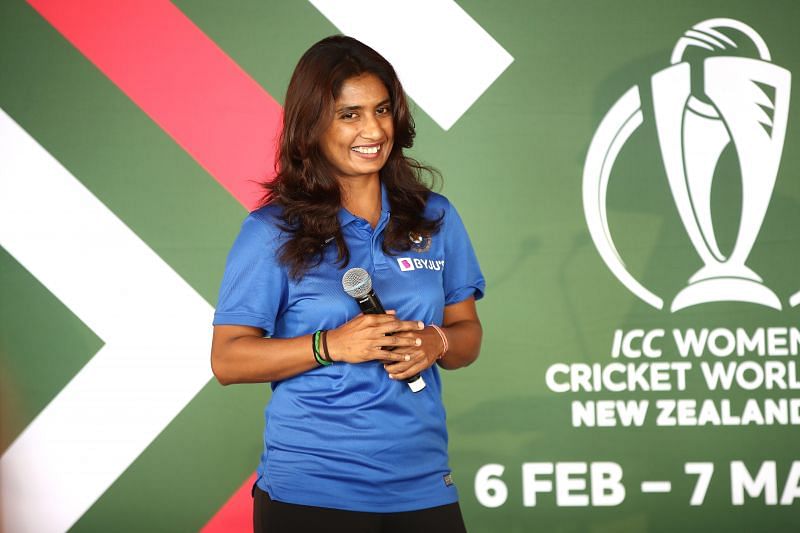
If you're compiling a list of the most successful captains in women’s cricket, you can't look past a certain Mithali Dorai Raj. With three Test (out of six), 82 ODI (out of 132) and 17 T20I (out of 32) victories, her performance as captain has been impeccable.
Raj's win percentage of at least 50% across formats is testimony to her leadership skills.
Out of the five Test victories by India, three have come with Raj as the captain. Under her, the Indian team registered their first ever Test victory in England - back in 2006 at Taunton.
In ODI cricket, Raj has led her team more than anyone else in the world (132 matches). Moreover, her tally of 82 wins is second only to Belinda Clark in the list of most ODI victories.
Raj has led the Indian team to three Asia Cup titles - in 2005-06, 2006 and 2008. In addition, she has taken India to two ODI World Cup finals (2005 and 2017).
The 2017 World Cup was a turning point for women's cricket in India. "The real big break came in the 2017 World Cup when we reached the finals," Raj said. "Now, women’s cricket was being noticed even by a common man. Until then, only cricketers or other athletes were aware about it. 2017 got everybody hooked to women’s cricket."
Apart from her captaincy skills, Raj has also been the team's frontline batswoman for years. With close to 7000 runs from 209 matches, she is the all-time highest run-getter in women’s ODIs. Even in T20s she is in the top 10 list of run-getters, with 2364 runs from 89 matches.
Raj's on-field success has led to a lot commercial benefits, not only for her but for Indian women’s cricket as a whole. From getting a slew of endorsement deals to being regularly invited as the chief guest for product launches, she has seen it all.
Raj has received multiple awards - like the Arjuna Award in 2003 - and she was also included in the Wisden Leading Woman Cricketers of the World in 2017.
Raj recently announced her retirement from the shortest format of the game, so that she could focus on ODIs. We don't often see cricketers quit the lucrative T20 format, but Raj put forth a solid argument when I asked her about it.
"People think that T20 cricket is a short format, but it is an intense one which moves so fast. The number of matches in a year has increased, and since I aim to play the 2021 World Cup, I need to have adequate time for preparation in the one-day format. That is purely the reason why I chose to play ODIs and quit T20s. I want to keep myself fresh and be prepared for that one last shot."
4. Harmanpreet Kaur
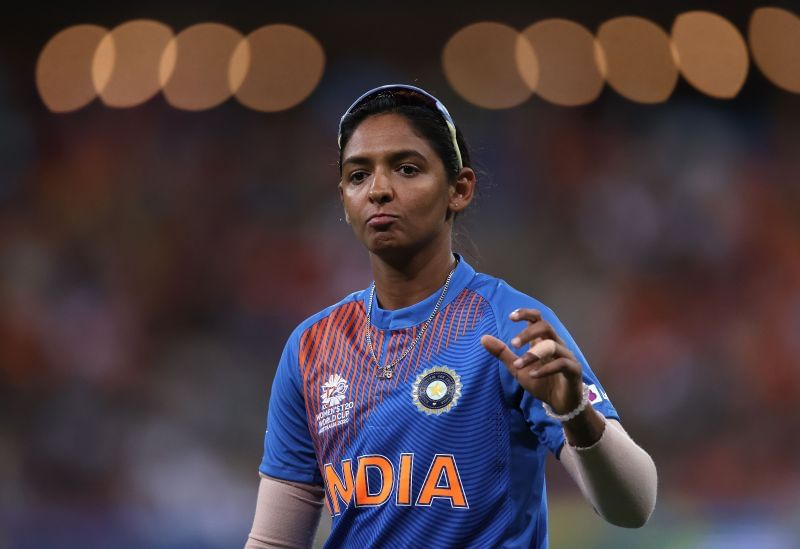
Women’s cricket had made significant progress by the time Harmanpreet Kaur made her ODI debut in 2009, but it was still short of getting the attention that it deserved. In that regard, it wouldn’t be wrong to say that Kaur's explosive performances have given women's cricket a much-needed boost.
She has been a trail-blazer for the game, especially in the T20 format. Her aggression has worked like a charm in the shortest format, and has made her a genuine superstar.
Kaur has many firsts to her name in T20 cricket. In 2016, she became the first Indian cricketer to be signed by an overseas T20 franchise (by the Sydney Thunder for the Women’s Bash League). She is also the first Indian woman woman to score a T20 century.
In addition, Kaur was the first Indian cricketer (male or female) to play a century of T20Is. She reached the landmark in the match against South Africa last October.
With 2186 runs from 114 matches, Kaur also finds herself in the list of the top 10 T20I run-getters of all time.
Her batting exploits have translated well to the leadership realm. Entrusted with the responsibility of captaining the team in the 2012 Asia Cup, Kaur came back home with a sixth title for India.
Under her, India reached the semi-finals of the 2018 T20 World Cup. They then came one step closer to the title in the 2020 edition, losing the final to hosts Australia.
Overall, Kaur has led India in 59 T20Is, winning 38, at an impressive winning percentage of 66.66%. That makes her the third most successful captain in the T20 format, among those who have led in more than 50 matches.
Like the other great women discussed above, Kaur has also been honored with the Arjuna Award (in 2017).
Conclusion
Having gone through the records and performances of these four and also a few others like Anjum Chopra, Jhulan Goswami and Mamatha Maben, it is almost impossible to decide who the best among them is. I have never been a fan of comparing players across eras, and would refrain from doing so here.
Yes, the number of victories to Raj's name does make her the most successful Indian women’s captain across formats. But going just by the numbers wouldn't be fair to the other women, which is why I call all of them (including Raj) the ‘Jhansi ki Raniyan’ of Indian cricket.
Here, it is pertinent to note what Rangaswamy had once written about the role that India's superstars have played in the evolution of of women's cricket:
“Going by statistics, the founding members of the Indian women’s cricket may not stand anywhere near the current lot. But we derived satisfaction from laying a foundation. Had we failed in those initial years, it would have gone kaput. No one can take that satisfaction away from us."
While speaking about the status of women's cricket in the country right now, Raj told me, "It’s a good time to take up women’s cricket as a career option." And these four women have contributed a great deal towards reaching that stage.